A nice lush bed of vibrant green moss is quite beautiful when you come across it in the forest. You may even be inspired to use moss in your home landscaping—it looks great as a ground covering, and it’s tempting to cover your whole yard in it just so you can walk barefoot across it any time you want.
Similarly, algae is an important part of a healthy water ecosystem, whether that’s in a pond, a lake, or your aquarium at home. Some of it can even be beautiful in its own way.
These plants have their places and their uses. But you definitely don’t want either of them growing on your roof. We’ll tell you why these little plants can be a big problem, and how you can remove moss from your roof—and keep them gone.
About Moss & Algae
Like we mentioned above, moss and algae are tiny plants that have a tendency to grow, well, anywhere. Having a basic understanding of how they spread, and what they need to survive, will help you in your battle to keep them off your roof. Know your enemy, right?
While they may look similar, moss and algae are totally different types of plants. They have different requirements to grow, and they require different treatments to get rid of. They’re also both completely different from mold and mildew, although they’re commonly mistaken as them.
Both moss and algae need a lot of moisture to survive, which is why you won’t run into any issues with these plants growing on your roof in the desert. It also means that your chances of developing moss or algae are increased by overhanging tree branches (or other sources of shade) that cause your roof to stay damp longer.
Moss and algae are very small plants—algae is actually a collection of single-cell plantlife, while moss is just a bit more complex. This means they don’t need a whole lot of space to survive—the crevices in your roof shingles will do just fine for them.
Both plants also spread through spores which can be carried by animals or scattered by the wind. If your neighbors have moss or algae on their roofs, you’re likely to get it next.
The Dangers to Your Roof
The thought of some verdant green moss peeking from the shingles of your roof may seem a quaint, maybe even charming. But it’s actually a sign of major trouble to come. Moss can cause the shingles to lift or curl, which makes them more likely to blow off during a storm. Moss can even force its way in between the shingles and cause them to separate, allowing water into your home. If moss is left alone too long it will grow roots into the shingles. When the moss is removed if can also remove the rocky, granulated protective surfacing from your shingles. These shingle areas will need to be replaced as the granulated surfacing protects the asphalt in your shingles from the damaging UV rays.
Algae isn’t as damaging to shingles, but it gives them a blackened, streaky discoloration that no homeowner wants to see. Algae begins as microscopic, invisible spots which quickly grown into larger problems, so it’s key to regularly maintain your roof to keep it from spreading.
Both moss and algae can reduce the effectiveness of heat-reflective roofs, as they’ll cover up the cooling surfaces and absorb heat. And they make roof surfaces slippery and potentially dangerous to work on, so you’ll want to be alert no matter what type of roof you have.
Treatments for Your Roof
As mentioned above, regular preventative maintenance is the only way to fully protect your roof from these invasive plants. This usually involves spraying down the roof with an eco friendly chemical treatment to kill off any spores that have found their way up there, before they can grow into problems.
While diluted bleach will definitely get the job done, you may want to skew to something with less of a harsh impact on the environment (which includes your yard, garden, and any other greenery that may be impacted as this stuff washes off of your roof). We use the eco-friendly Roof Wash to get rid of moss and algae without harming the rest of your property, or the planet.
If you have an existing moss or algae problem, one treatment should do the trick—the plants will die, and it’ll just take a few rounds of rinses (or a good rainstorm) to wash them away. Stubborn cases may take another round or two of treatment, but you’ll want to resist the urge to power-wash your roof (especially asphalt shingles) as this will cause more damage than good.
Treating your roof for moss and algae is something you can do yourself if you’re comfortable working at heights. It’s also a service qualified roofing professionals are happy to provide.
Other steps you can take to reduce the risk of moss or algae growing on your roof:
- Keep your roof clear of debris, and trim overhanging branches to help your roof dry quickly
- Keep your gutters clean so your roof drains properly
- If you’re replacing your roof, consider using algae-resistant materials which are becoming more widely available
Moss and algae can cause serious problems for a roof, but with regular maintenance they’re an easy problem to avoid. If you see them blooming on roofs in your neighborhood, let your neighbors know how easy it is to deal with before it starts to spread!

